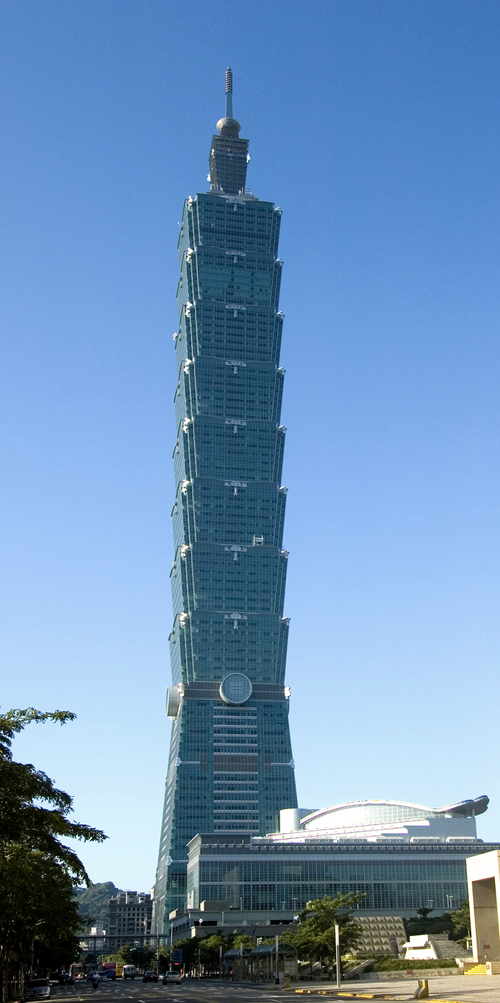Hear the phrase “green building,” and you probably think about sustainable buildings and environmentally sound engineering. You probably don’t think about potential health benefits to public housing projects. But, a new study shows, one of green building’s many benefits is improving the health of people living in public housing.
Public housing is not exactly ideal for your health, researchers have found. Poor property upkeep and the pressures of low socioeconomic status contribute to asthma, respiratory illness, and poor mental health to residents. The question is, could green buildings help?

To find out, a team of researchers led by Meryl Colton of the Harvard T.H. Chan School of Public Health visited three public housing communities in Boston and interviewed residents to find out whether they showed any of 14 symptoms of “sick building syndrome,” including dizziness, burning or itching eyes, and sneezing fits. The researchers also conducted a visual inspection for what the team called “negative environmental factors,” such as inadequate ventilation, exposure to hazardous chemicals, and mold. Among the 235 residents who participated, 135 lived in conventional buildings, while 100 lived in recently renovated buildings that received Leadership in Energy and Environmental Design (better known as LEED) gold and platinum certifications.
As Colton and her colleagues expected, green homes had fewer negative environmental factors—1.3 on average, compared with 3.6 in conventional homes. Only 27 percent of green homes had inadequate ventilation, four percent had mold, and 20 percent had pest control problems, compared with 60, 18, and 40 percent, respectively, in conventional units.
Residents living in green homes were in somewhat better health, at least with regard to symptoms of sick building syndrome.
More importantly, residents living in green homes were in somewhat better health, at least with regard to symptoms of sick building syndrome. People living in green buildings reported suffering 2.9 of the 14 symptoms on average, compared with an average of 4.2 among those living in conventional buildings. Interestingly, whether they lived in green or conventional housing had little, if any, impact on how healthy people felt. Asked to rate their health on a scale of one to five, green building residents reported an average rating of 3.0, statistically indistinguishable from the 3.2 rating that conventional-building residents reported.
One of the biggest impacts of green building was on children with asthma. Kids with the respiratory ailment had roughly one-third the odds of suffering asthma symptoms or attacks, and were about 75 percent less likely to be hospitalized or miss school because of asthma if they lived in green housing.
“We observed significantly improved outcomes in several key health indicators among low-income residents of multifamily public housing who lived in green rather than conventional buildings,” the researchers write. “Although green buildings are often considered a luxury suitable for middle- or high-income communities, in resource-poor settings, green construction or renovation may represent a significant value, with the potential to simultaneously reduce harmful indoor exposures, promote resident health, and reduce operational costs.”
Quick Studies is an award-winning series that sheds light on new research and discoveries that change the way we look at the world.



